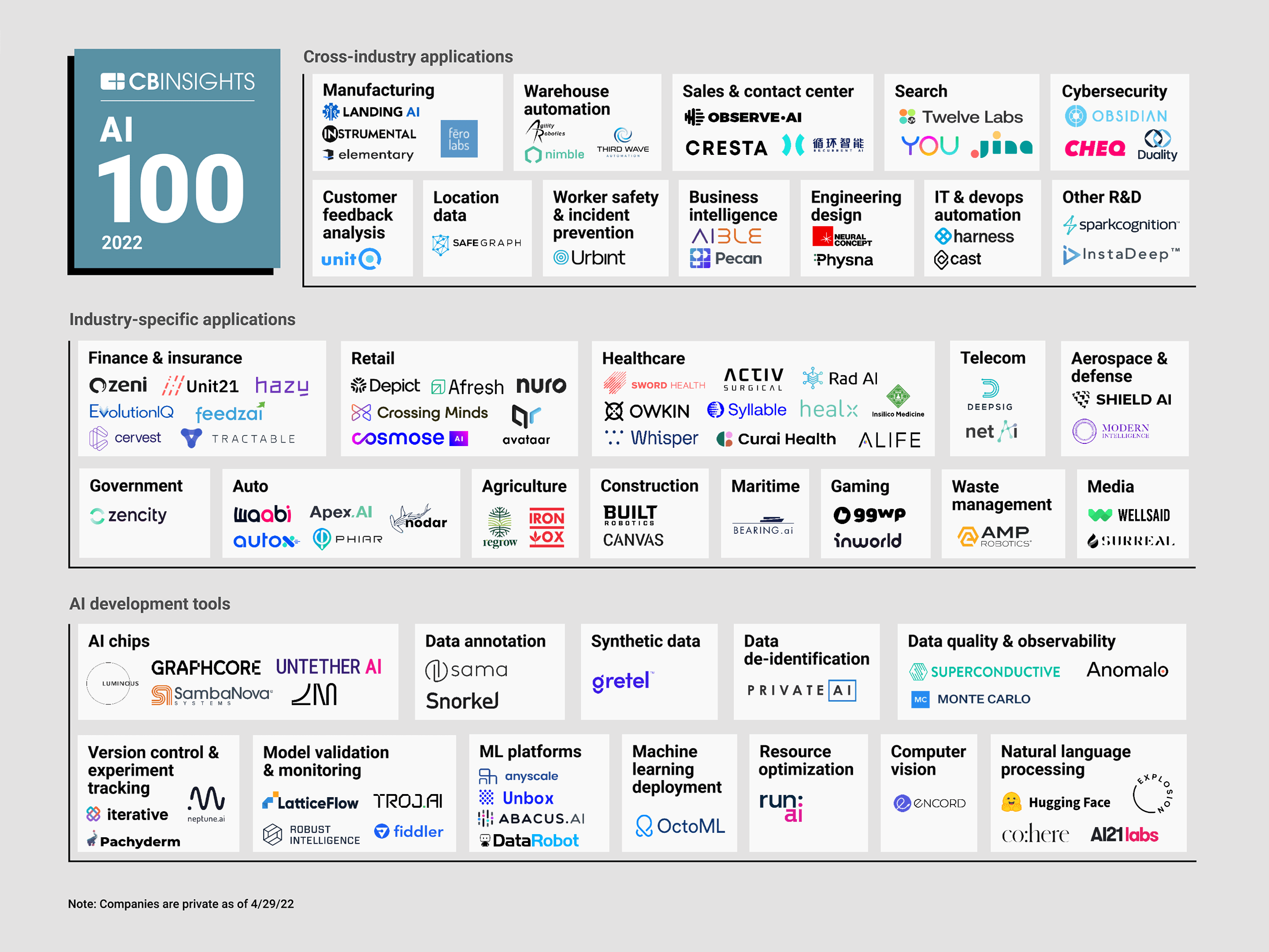Introduction to AI tools - Chat GPT AI Hub
Artificial intelligence, commonly referred to as AI, has become an integral part of our daily lives, influencing various aspects of work, communication, and decision-making. AI tools provide a wide range of functionalities, from optimizing marketing strategies to streamlining operational processes, ultimately enhancing productivity and efficiency.
The Role of AI in Everyday Life
Despite its perceived novelty, AI has been seamlessly integrated into our routines for quite some time. From filtering out spam emails to personalizing content recommendations, AI technologies have been working behind the scenes to improve user experiences. As AI continues to advance, it is poised to play an even more significant role as a valuable partner in business operations.
The Functionality of AI Tools
AI operates on a continuous learning cycle, where data acts as the primary fuel for its algorithms. This data, encompassing various formats such as text, audio, or video, undergoes meticulous preparation before being fed into the AI system based on predefined protocols. Equipped with advanced algorithms designed to identify patterns, AI analyzes data to unveil hidden relationships and trends, enabling the generation of predictive insights.
Moreover, AI constantly refines its predictive capabilities through ongoing assessments, learning from past outcomes to enhance its accuracy over time. By synthesizing insights derived from data analysis, AI facilitates informed decision-making across diverse industry domains.
Diverse AI Tool Categories
AI tools come in various forms, each tailored to address specific requirements within the AI landscape. Some of the popular AI tool categories include:
- Natural Language Processing (NLP): Empowering AI to comprehend and respond to human language, NLP drives the development of chatbots for seamless interaction.
- Computer Vision: Providing AI with visual analysis capabilities to identify objects and patterns within images and videos.
- Big Data Processing: Leveraging powerful computing technologies to extract valuable insights from massive datasets.
- Decision-Making Algorithms: Employing techniques like neural networks to facilitate optimal decision-making processes.
Advancements in Generative AI
Generative AI represents a category of artificial intelligence that focuses on content generation, spanning across images, music, text, and code. Unlike traditional rule-based AI systems, generative AI utilizes machine learning algorithms to identify patterns from extensive datasets.

Evolution of Text-Based AI Models
The evolution of text-based AI models has transitioned from supervised learning, where humans guide model training through labeled data, to self-supervised learning. Through extensive data analysis, modern text-based models can infer language structures independently, leading to enhanced language understanding and response generation.
Introducing ChatGPT by OpenAI
ChatGPT, developed by OpenAI and launched in 2022, is a leading AI language model known for its conversational capabilities and adaptability. With the ability to personalize responses based on ongoing dialogues, ChatGPT offers a natural and engaging chat experience for users.

OpenAI provides both free and premium access to ChatGPT, with the premium subscription offering additional features and processing power. The latest version, GPT-4, boasts enhanced creativity and accuracy, positioning it as a reliable tool for various applications.
Users can access ChatGPT through its app, available for download on Android and iOS devices, enabling convenient interaction with AI-generated content.
Exploring DALL-E for Image Generation
DALL-E, a text-to-image model developed by OpenAI, extends the capabilities of AI into the visual domain, enabling the generation and modification of images based on textual inputs. The evolution of DALL-E versions, from the original release to the latest iteration, demonstrates significant advancements in AI-powered image generation.




















